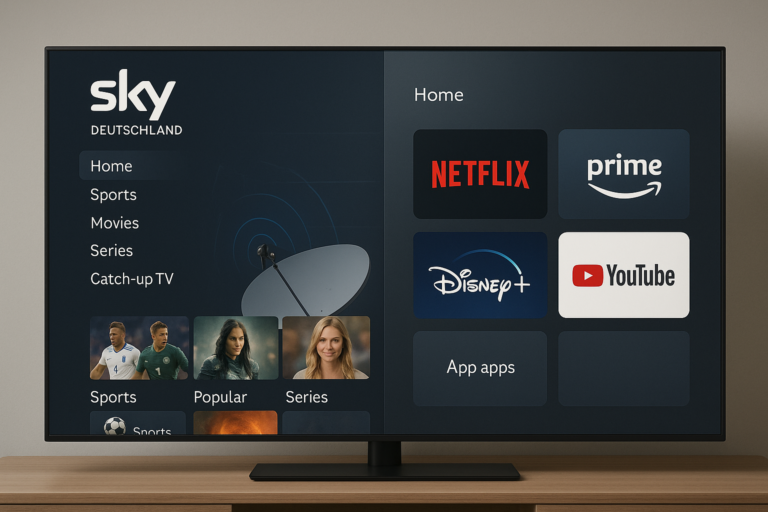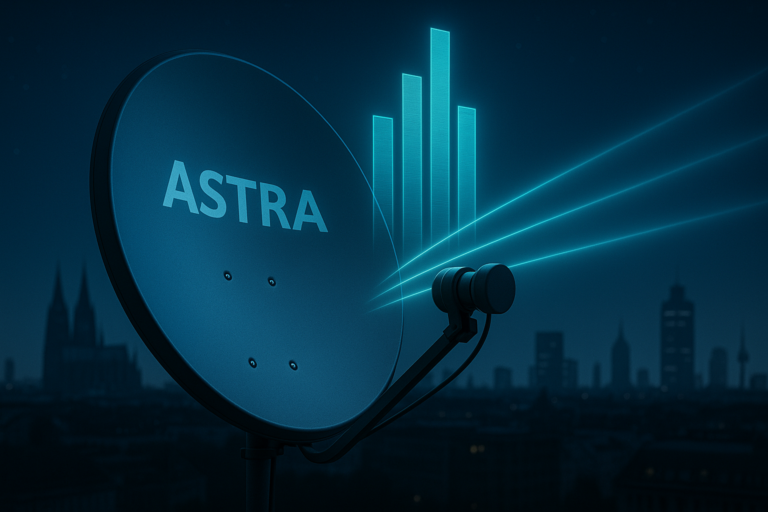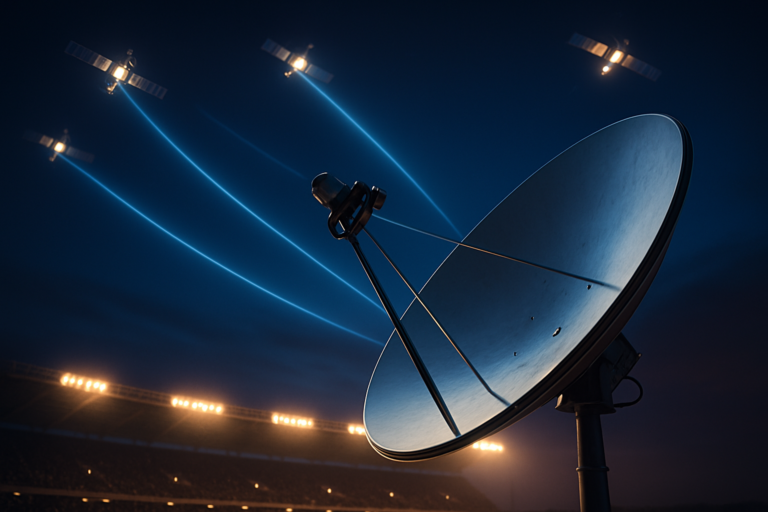Best Camera Lenses 2025: The Ultimate Guide for Photos and Videos
Understanding Camera Lens Types
Camera lenses are essential tools for photographers and videographers, providing the optical power needed to capture stunning images and videos. Each type of lens serves a unique purpose and has distinct characteristics that cater to various shooting scenarios. The three primary types of camera lenses include prime lenses, zoom lenses, and specialty lenses.
Prime lenses have a fixed focal length, which means they cannot zoom in or out. These lenses are celebrated for their exceptional image quality, sharpness, and low-light performance. Because of their simplicity in design, prime lenses tend to have larger apertures compared to zoom lenses, allowing for greater control over depth of field and the ability to create beautiful bokeh effects. They are particularly ideal for portraiture and street photography, where capturing fine details is critical.
On the other hand, zoom lenses offer a versatile focal length range, allowing users to zoom in and out without changing lenses. This adaptability makes them ideal for dynamic shooting environments, such as events and wildlife photography, where the subject may be at varying distances. While generally not as sharp as prime lenses, modern zoom lenses have improved significantly, with many high-quality options now available to professionals and hobbyists alike.
Specialty lenses encompass a variety of unique types, including macro lenses for extreme close-ups, fisheye lenses for wide-angle perspectives, and tilt-shift lenses for architectural photography. Macro lenses allow photographers to capture intricate details of small subjects, while fisheye lenses provide a distinctive curved perspective that can add creativity to composition. Tilt-shift lenses enable greater control over perspective and depth of field, commonly used in landscape and product photography.
In understanding these lens types, photographers can make informed decisions about which lens will best meet their creative needs, whether capturing breathtaking landscapes, intimate portraits, or dynamic action shots. This foundational knowledge will prove beneficial in selecting the ideal lens for various photography and videography scenarios.
Top Camera Lenses for Photography
When selecting the best camera lenses for photography in 2025, it is essential to prioritize optical quality, versatility, and user-friendliness. Various photography styles demand unique characteristics from a lens, and this guide will offer recommendations based on these factors. One remarkable lens to consider is the Canon RF 24-70mm f/2.8L IS USM. This versatile zoom lens excels in both portrait and landscape photography due to its wide aperture and sharp imaging capabilities. Photographers will appreciate its image stabilization feature, allowing for clearer handheld shots even in low light.
For landscape photographers, the Nikon Z 14-30mm f/4 S lens stands out for its superb optical performance and compact design. The ultra-wide focal length captures breathtaking vistas and expansive scenes while maintaining excellent edge-to-edge sharpness. This lens also incorporates advanced lens coatings, ensuring that colors remain vivid and distortions are minimized.
In the realm of portrait photography, the Sony FE 85mm f/1.8 is an excellent choice. Known for its ability to produce stunning bokeh and isolate subjects effectively, this lens helps create striking portraits with a professional touch. Its fast aperture allows for exceptional low-light performance, making it a popular option for indoor or evening photography sessions.
Macro photographers will find great value in the Tamron SP 90mm f/2.8 Di VC USD Macro. This lens is recognized for its impressive close-up capabilities, allowing users to explore the intricate details of flora and fauna. Additionally, its vibration compensation technology ensures steady shots, promoting sharper images without the need for a tripod.
By assessing individual needs and preferences, photographers can select from these exceptional lenses tailored specifically for their discipline, ensuring that each shot captures the moment effectively and beautifully.
Best Camera Lenses for Videography
When it comes to videography, selecting the right camera lens can greatly influence the outcome of your video content. The most outstanding camera lenses for videography in 2025 are designed to provide exceptional stabilization, focus capabilities, and versatility to ensure creators can achieve the desired cinematic look. One of the key features that enhances videography is image stabilization, which minimizes camera shake, providing smooth, professional-looking footage. Lenses that come with built-in stabilization, such as the Canon EF 24-70mm f/2.8L II USM, have become popular among professionals for their ability to produce steady shots even in dynamic shooting environments.
Another important factor to consider is the lens aperture. Lenses with wider apertures, such as f/1.4 or f/2.8, allow for better low-light performance and create a beautiful shallow depth of field, adding a cinematic quality to the footage. The Sigma 18-50mm f/2.8 DC DN is a notable option that offers a balance between affordability and performance. Its fast aperture and versatile zoom range make it an excellent choice for vloggers and content creators who require flexibility in their shooting style.
Moreover, pairing the right lens with the appropriate camera body is crucial for optimal results. For instance, a full-frame camera like the Sony A7 III works exceptionally well with a high-quality prime lens, such as the Sony FE 50mm f/1.8, to achieve stunning bokeh and sharp images. On the other hand, a crop sensor body may benefit from lenses like the Canon EF-S 10-18mm f/4.5-5.6 IS STM for wide-angle shots during capturing diverse scenes.
The selection of the best camera lenses for videography ultimately hinges on the type of content being produced. From cinematic storytelling to engaging vlogs, understanding the various characteristics of lenses will empower videographers to elevate their work significantly.
Future Trends in Camera Lens Technology
As we approach 2026, the landscape of camera lens technology is poised for transformative advancements driven by innovation and consumer demand. One significant area of development is the enhancement of autofocus technology. Modern camera lenses are increasingly incorporating sophisticated algorithms and faster motors, which allow for quicker and more accurate focusing. This improvement not only benefits photographers but also videographers, as real-time autofocus enables seamless shooting experiences, particularly in dynamic environments.
Another promising trend lies in the refinement of lens coatings. Enhanced lens coatings are now being developed to provide better image quality by minimizing flare and ghosting while maximizing light transmission. These coatings can significantly improve contrast and color accuracy, becoming essential for professionals and enthusiasts alike who seek to achieve impeccable results. As a result, future camera lenses will likely continue to evolve in this aspect, utilizing advanced materials and manufacturing techniques to meet the stringent demands of modern imaging.
The integration of artificial intelligence (AI) into lens design represents another pivotal change on the horizon. AI technologies have the potential to analyze user habits and environmental factors, allowing for the creation of customized lenses that cater to specific needs. This data-driven approach could lead to the development of innovative features, such as automatic adjustments for varying shooting conditions or personalized settings based on camera usage patterns. As consumers become more specific in their preferences and requirements, lens manufacturers may prioritize adaptability, leading to a future where lenses are smarter and more intuitive.
Moreover, shifting consumer demands may drive the evolution of lens production and technology. As photography trends continue to diversify, including the rise of smartphone photography and vlogging, manufacturers may need to tailor their offerings to better align with these new preferences, resulting in lenses that are versatile and highly portable. In essence, the future of camera lenses is set to be characterized by a fusion of technological advancements and an acute understanding of user needs.






